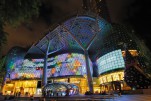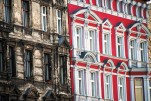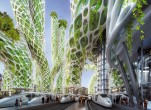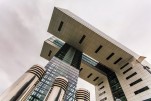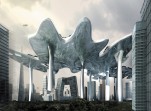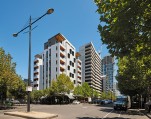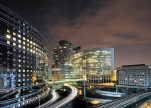(Issue of a magazine 4/2017, page 12)
In recent decades the development and sophistication of construction technologies generated a wide range of innovations that have considerably changed the proportions of conventional construction practices applied along with their higher-end analogues. 3D printing invention and practical application in construction have altered all traditional notions of ways to construct buildings. Modern construction methods developed with account of innovative approaches were based on using the most essential materials such as wood and brick. Advanced high-rise construction focused on various wooden structures has turned into a noticeable trend that requires careful examination. Wood as a prospective material for the construction of mixed-use towers has been very popular in futuristic projects for two decades now. Besides, for the recent five years several high-rise “wooden” projects have been announced that will be built in Canada, Austria, Norway, India, Singapore and France, and the number of floors in the planned towers keeps increasing. Studying the peculiar features of wood popularity with account of new opportunities offered by innovative wooden structures is an acute research task set before the author of this review.
